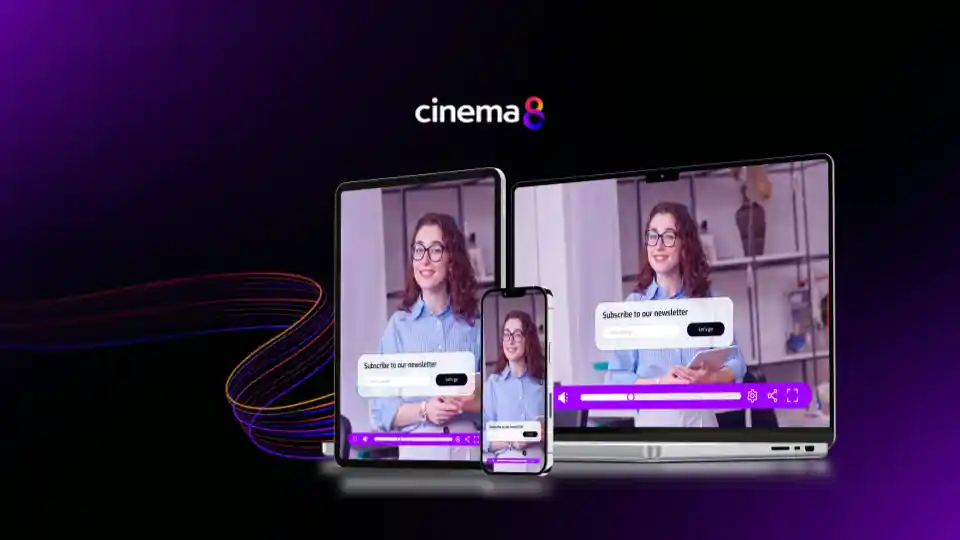What is video transcoding?
Video transcoding is the process of converting a video file from one format, resolution, or bitrate into another to ensure compatibility across devices, networks, and players. It’s a critical step in video delivery that enables smooth playback, adaptive streaming, and efficient storage. By transcoding videos, platforms can optimise performance while maintaining consistent visual quality for every viewer.
Definition of video transcoding
Video transcoding converts previously encoded video files into new versions that suit different playback conditions. It’s an essential process for video hosting and live streaming platforms that serve diverse audiences and devices. Core functions include:
- Format conversion: Changes video codecs or containers for compatibility.
- Resolution adjustment: Generates multiple quality levels (e.g., 1080p, 720p, 480p).
- Bitrate adaptation: Creates versions suited to different connection speeds.
- Compression optimisation: Balances quality and file size.
- Metadata retention: Preserves key video information across formats.

Why does video transcoding matter?
Transcoding matters because not all devices or connections can handle the same video formats or quality levels. Without it, playback can fail or buffer excessively, especially for mobile or low-bandwidth viewers. By converting videos into multiple versions, transcoding ensures that every user receives the best possible experience based on their device and network conditions.
It also supports adaptive streaming, where players automatically switch between resolutions depending on bandwidth. Efficient transcoding keeps playback stable while reducing unnecessary data use and maintaining content integrity across platforms.
What are the benefits of video transcoding?
The benefits of video transcoding include compatibility, scalability, and improved viewing performance. It allows platforms to deliver optimised streams to users regardless of device or connection type.
For creators and businesses, transcoding makes it easier to host and distribute videos efficiently, reducing storage requirements and improving playback consistency. It also supports global accessibility, ensuring content performs well in different regions and under varying technical conditions.
Applications of video transcoding
Video transcoding is used across industries that rely on stable, accessible, and high-performance video delivery. Broadcasters and streaming platforms use it to distribute live or on-demand content to audiences worldwide. Educators depend on transcoding to ensure lessons play smoothly on different devices, while marketers use it to maintain quality across regional or bandwidth variations.
Cinema8 automates transcoding within its hosting infrastructure, converting every uploaded video into multiple resolutions and formats for seamless delivery. The platform integrates capabilities such as domain-restricted video embed for secure distribution and video SEO tools for discoverability, ensuring transcoded videos perform efficiently while staying optimised for both audience reach and platform performance.
How Cinema8 uses video transcoding
Cinema8 transcodes every uploaded video into optimised formats and resolutions for universal playback. This ensures compatibility across browsers, devices, and network conditions. Adaptive bitrate transcoding allows the platform to deliver different quality levels seamlessly, preventing buffering and maintaining visual fidelity.
By automating the transcoding process, Cinema8 eliminates the need for manual conversion, saving time and ensuring consistent quality. Whether hosting interactive training videos or high-resolution marketing content, the platform keeps playback fast, efficient, and accessible to all audiences.
Book a demo to see how Cinema8’s transcoding technology helps you deliver fast, adaptive, and high-quality video experiences across every screen.